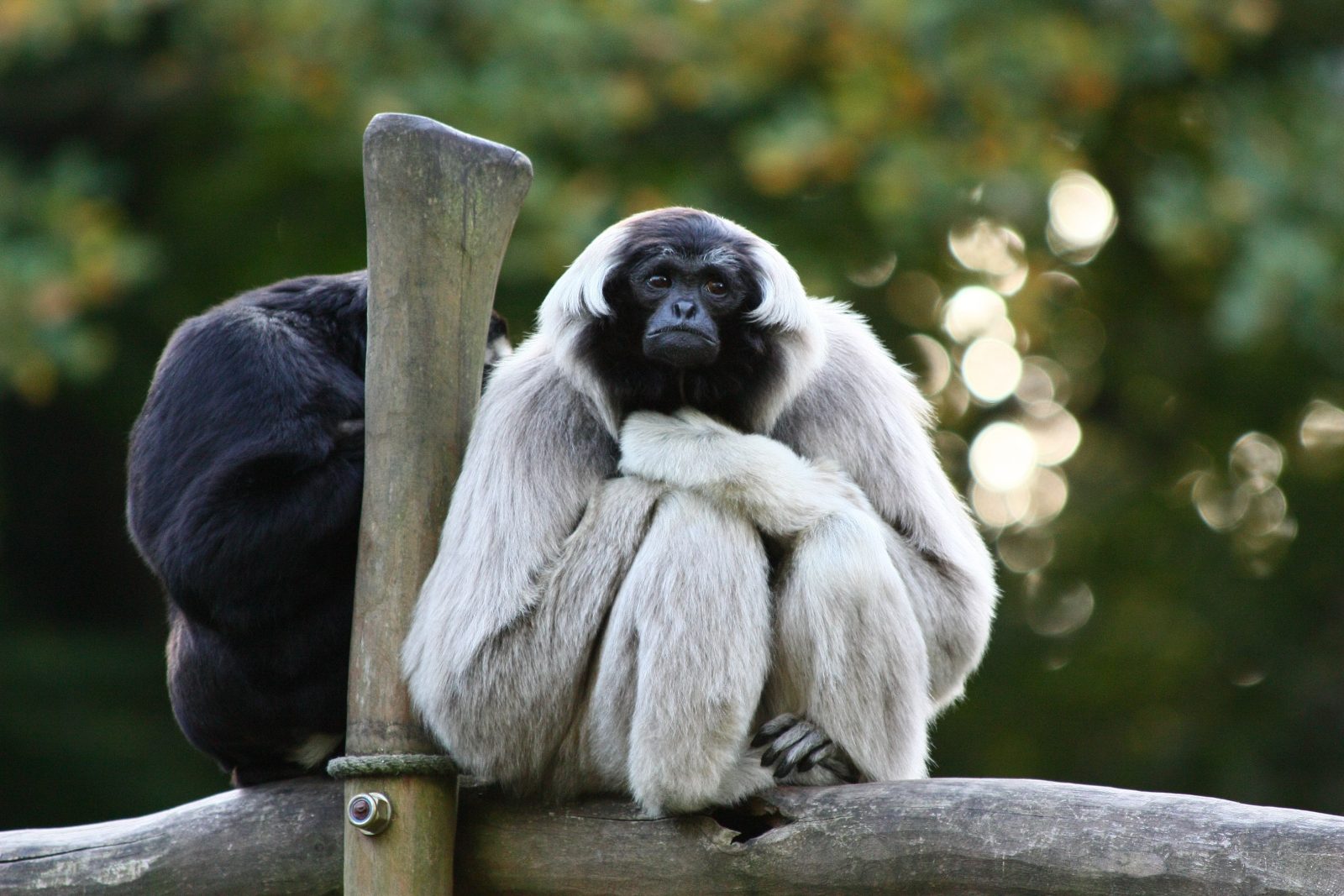Silvery gibbon

Silvery gibbons are found in the island of Java. They are very endangered, and people in the country need increased reason to support their continued existence. It is true that in many places on earth where it is less of a struggle to survive and feed your family, protecting this primate would be of higher importance. We need to make this primates survival important for the people who live nearby, by giving a financial relevance. We can do this in 2 ways, the first is directly – making sure that conservation charities in the country are well resourced, and by giving money to those which engage locals and make sure that it is financially an incentive for the gibbon to survive. The other way, is through ecotourism – by travelling to visit Java, and to see the Javan rhino, we can make sure that locals see a direct link between the survival of the gibbon and their own wellbeing – Java lost their Orangutans a very long time ago, as well as their tiger in recent times, there is still a chance for Java to save what is left but they must act now.
It was listed as 2500, in 2008, it is unclear what has happened during the intervening 15 years, but its most recent assessment (in 2008) suggests that it had a likelihood of 50% of being extinct within a decade.
I suppose that we should feel pleased that we still have a chance. It is estimated that there are 8 viable populations of these gibbons, which add up to 2000, the largest of which is Mount Halimun Salak National park which sustains around 1000 in this single area. Other large populations of several hundred are found in Gunung Ciremai National park and Gunung Gede Pangrango national park. There are also about 12 reserves with non-viable populations. By treating these reserves as one mega reserve, and translocating these gibbons around so as to have one mega population, all these reserves could maintain healthy populations.
Given the fact that the Javan Orangutan is extinct, it is well worth working on saving this gibbon, as it can help them build more ecotourism travel to Java. While these animals are not great apes, they are lesser apes, and are very interesting to watch. There are likely to be a great draw in places where Orangutans do not exist, such as on mainland Asia, as well as in smaller reserves that cannot support Orangutans.
This is not a species that I have written about, but as I do in the future, it will appear below. Furthermore, as we add destinations that are good for this species they will appear below the news.
The Borneon white cheeked gibbon, which lives in Borneo has been shown to be closely related (it was until recently considered a subspecies) so will be covered on this page. At the current time, the Borneon white cheeked gibbon is one of the most secure primate species, with over 100,000 remaining in the wild.




















